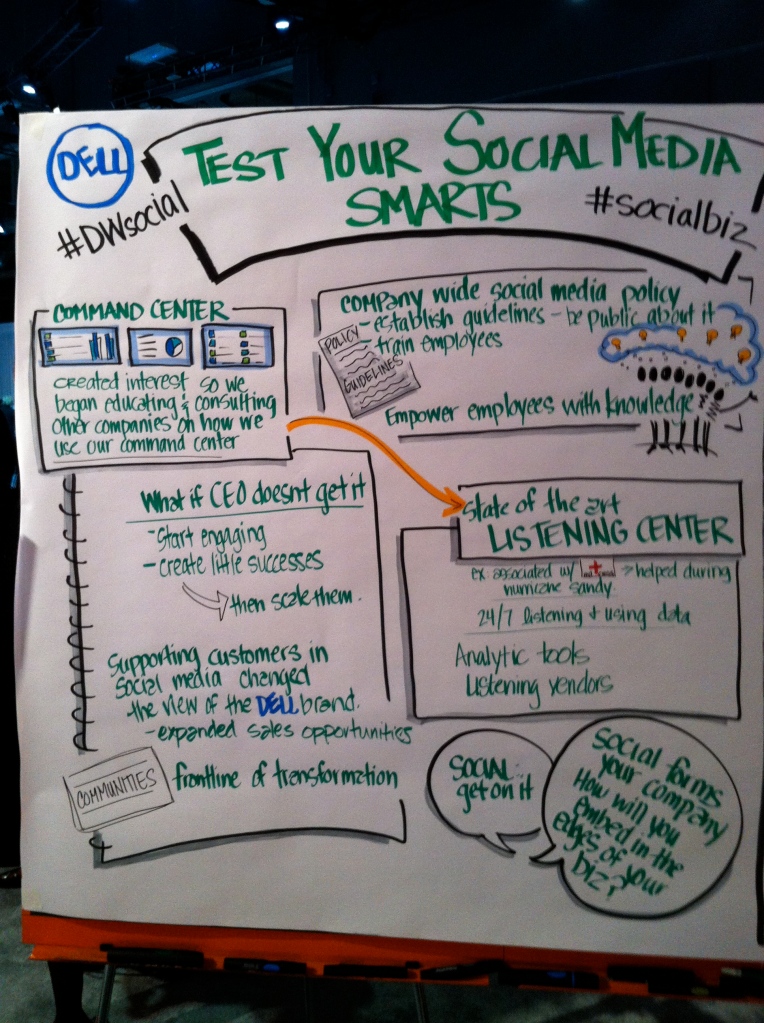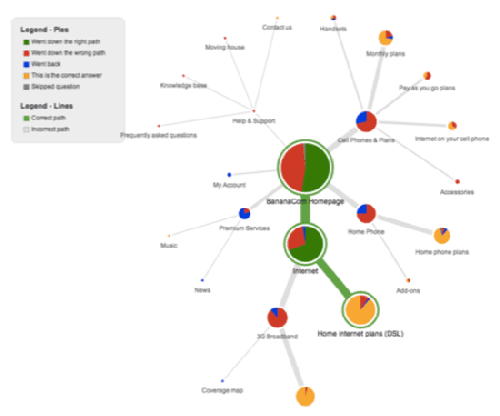 I spent this last week in Budapest, thanks to Balabit, a Hungarian security software company, and fell in love with the city and its people. (Here are more of the photos that I took of the town.)
I spent this last week in Budapest, thanks to Balabit, a Hungarian security software company, and fell in love with the city and its people. (Here are more of the photos that I took of the town.)
Budapest has an interesting mix of old world charm and new age coding: a vibrant startup scene that is just taking hold. While I estimate that it is four years or so behind where I see things in St. Louis. That isn’t a knock on their innovation or spirit, just more a comment on their available support infrastructure. Hungary isn’t completely in tune with the notion of startups as economic development: there are crazy laws on the books that don’t encourage new businesses and seem to date back to the Soviet era when full lifetime employment was the goal. But that just means their startups are more determined to succeed. Call it Silicon Goulash, perhaps?
Hungary has a fascinating and long history of innovation. Many of its citizens were prominent mathematicians and physicists, including the Intel founder Andy Grove and the grandfather of computing himself John Von Neumann. The carburetor, the transformer, parts of the first telephone exchange, the first synthetic vitamin, the modern CRT, Rubik’s cube and the ballpoint pen all came from the minds of Hungarians.
 Speaking of the Soviet era, Hungary was also ahead of its time in offering long-term asylum to political refugees. Cardinal József Mindszenty was the leader of the Catholic Church who was imprisioned and then lived in the US Embassy in Hungary for 15 years before being allowed to flee in 1971. Does this sound familiar?
Speaking of the Soviet era, Hungary was also ahead of its time in offering long-term asylum to political refugees. Cardinal József Mindszenty was the leader of the Catholic Church who was imprisioned and then lived in the US Embassy in Hungary for 15 years before being allowed to flee in 1971. Does this sound familiar?
I found Budapest a very walkable and livable city. It has hundreds of outdoor cafes packing dozens of pedestrian streets; something that we so desperately lack in the States. It has a terrific riverfront on the Danube with bikeways galore and an island park in the middle of the river that has my favorite water park ever. And speaking of water, there are dozens if not hundreds of thermal baths that span centuries. You can see why I enjoyed my time there so much.
Ostensibly, I was there on behalf of Balabit to meet with their executives and see their products and story. The company is behind the open source log aggregator syslog-NG and other security products, and has been in business for more than a decade. But while I was there I also met with other IT firms, including Electool.com, Graphisoft and Metta.io, and also visited with Prezi.com.
Prezi, the alternative SaaS-based presentation delivery tool is one of three software companies to have become an international success, along with LogMeIn and UStream. The three of them originated in Budapest and still have decent-sized development offices there.
Of the three, LogMeIn is a public company, while Prezi and UStream are private. All three have attracted tens of millions of dollars in A-list Silicon Valley venture funding. UStream and LogMeIn both have several offices around the globe in addition to the ones in Budapest and America.
The three firms got together to recently produce the well-attended RAMP conference about how to scale up your software architecture, bringing in experts from around the globe to Budapest.
And founders of the three firms have also put together their own nonprofit called Bridge Budapest to offer fellowships and internships at major software companies to Hungarians, and for the rest of us to come to Budapest and intern at one of their companies.
 While I have tried Prezi several times over the years it has been around I never have been able to gain much traction with the tool. Maybe it is just the way I work or my speaking style. But their offices are an interesting twist on the typical tech startup playground: they have recently moved into a Beaux-Arts building with the top floor a former telephone equipment room. It is a fitting place for a modern tech startup.
While I have tried Prezi several times over the years it has been around I never have been able to gain much traction with the tool. Maybe it is just the way I work or my speaking style. But their offices are an interesting twist on the typical tech startup playground: they have recently moved into a Beaux-Arts building with the top floor a former telephone equipment room. It is a fitting place for a modern tech startup.
Tech isn’t the only thing happening in Budapest. I met an agribusiness manager one night. He just moved his family from the Midwest to Budapest. His company does a lot of business in Eastern Europe and Russia, and wanted a stable place to have an office. “To Western Europe, we don’t look all that stable a country,” said another entrepreneur to me. “But to the east, we look rock solid. It is a nice position to be in.” Hungary is in the EU but doesn’t use the Euro: its currency is the Forint which sounds very Princess Bride-like charming to me.
Budapest is also home to the Soros-backed Central European University. It was the first on the continent to offer an American-style MBA several years ago and now has a budding entrepreneurship program, a business incubator and courses that seem quite current with promoting startups and what one could find in the States.
Speaking of schools, if you know someone who is a CS/EE student and is looking to study abroad, take a gander at this program that is offered by the Aquincum Institute of Technology (and where Rubik himself teaches).
I asked several people about the tax situation in Hungary and got a range of responses. One source told me, “our tax and legal system is so wonky,” and complained that half of one’s salary is taken in taxes. Another source said while this is true, the tax rate is less than it has been in recent years, so things are improving.
If you have a chance to visit, I think you will be as excited as I was. And if you would like an introduction to the companies that I mentioned, let me know.



 When putting together your website pages and menu structure, you have to decide how to organize the content and figure out what goes where and under which menu and topic labels. In the past this was mostly an ad hoc process that involved a few people sitting around a table guessing at how your content should be organized. But now there are online tools that can help you test your website to see if your choices were the right ones, or if there is some other organizational structure that would make more sense for your visitors.
When putting together your website pages and menu structure, you have to decide how to organize the content and figure out what goes where and under which menu and topic labels. In the past this was mostly an ad hoc process that involved a few people sitting around a table guessing at how your content should be organized. But now there are online tools that can help you test your website to see if your choices were the right ones, or if there is some other organizational structure that would make more sense for your visitors.